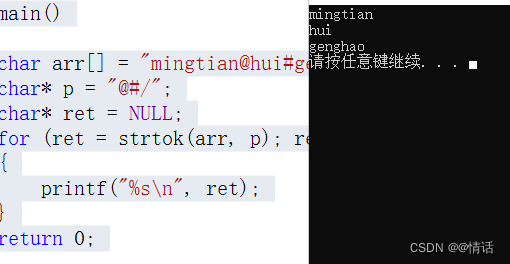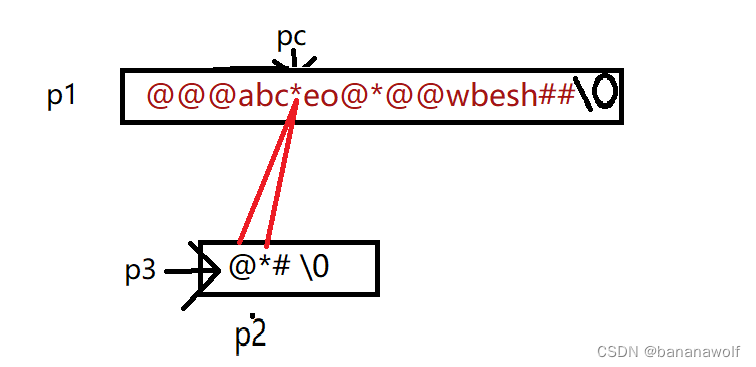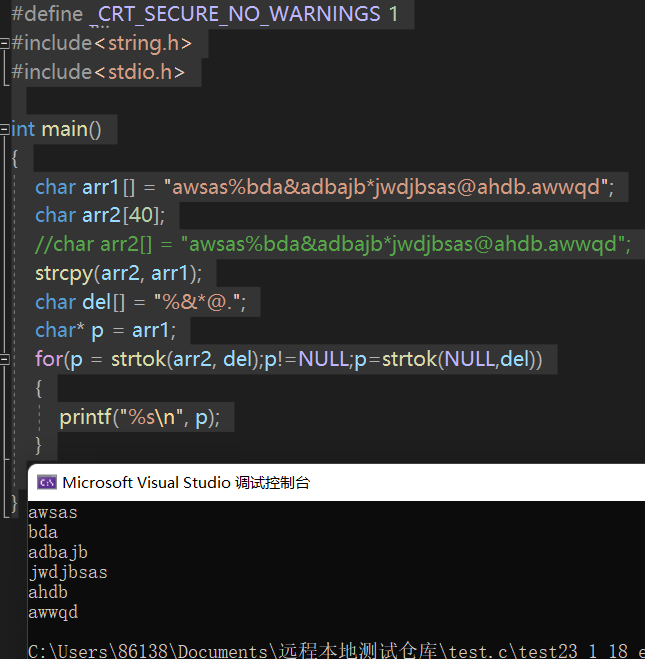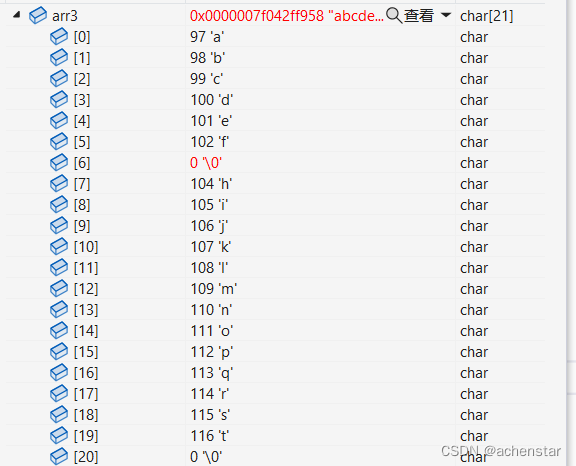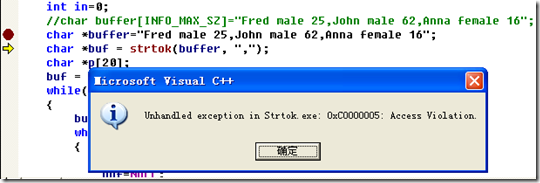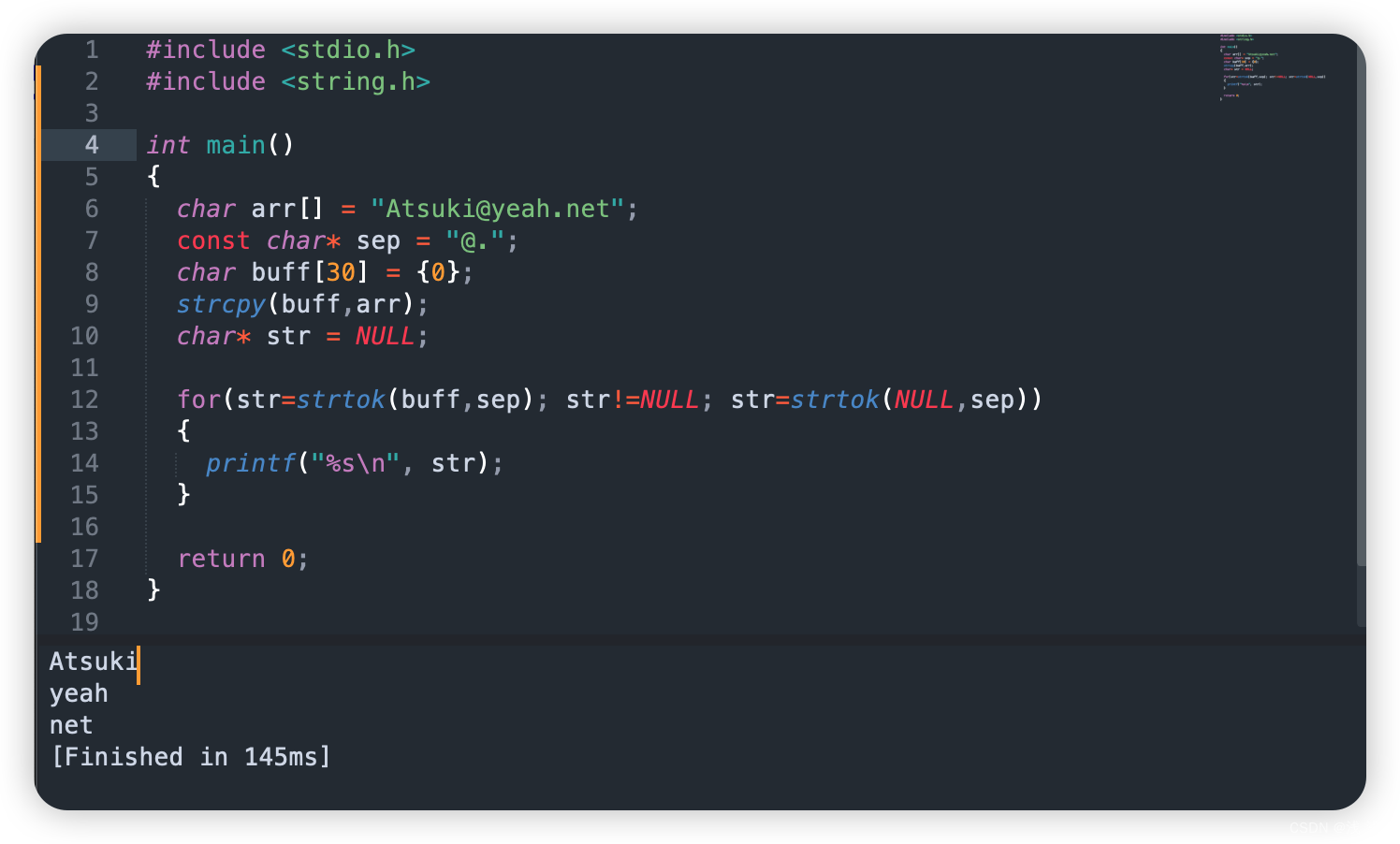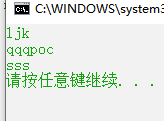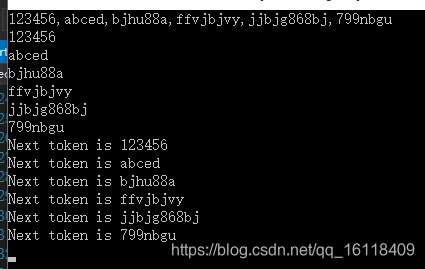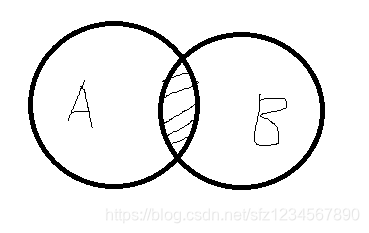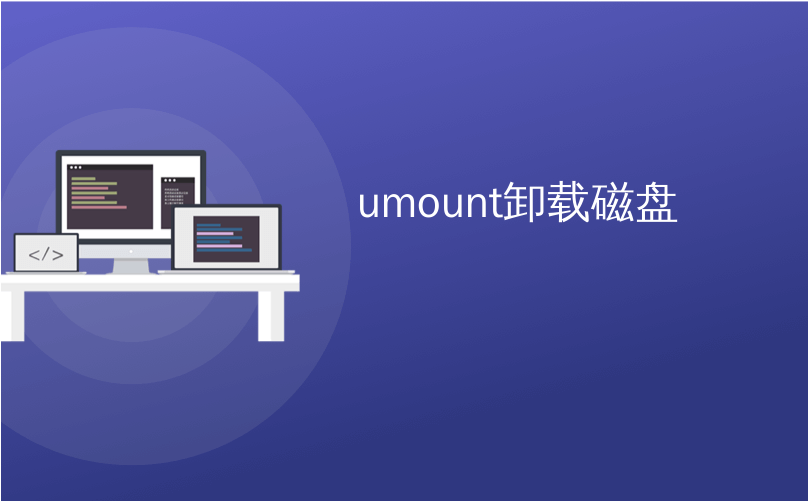
umount卸载磁盘
Linux distributions like Ubuntu, Debian, CentOS, RHEL, and others use disks by mounting them to the file system. We have already examined mount command in the following tutorial. In this tutorial we will learn how to umount the disk in a Linux system.
Linux发行版(例如Ubuntu,Debian,CentOS,RHEL和其他发行版)通过将磁盘挂载到文件系统来使用磁盘。 在下面的教程中,我们已经研究了mount命令。 在本教程中,我们将学习如何在Linux系统中卸载磁盘。
Linux Mount Command Tutorial With Examples
带有示例Linux安装命令教程
卸载前(Before Unmount)
Before unmount we should be sure that all changes are written to the file system and disk. So we need to close open files that reside in the file system we want to unmount.
卸载之前,我们应确保所有更改都已写入文件系统和磁盘。 因此,我们需要关闭驻留在要卸载的文件系统中的打开文件。
帮帮我 (Help)
umount command help information can be listed with --help like below. We can see some different help options in a brief way like unmount all filesystems, verbose etc.
可以使用--help列出umount命令帮助信息,如下所示。 我们可以通过简短的方式看到一些不同的帮助选项,例如卸载所有文件系统,详细信息等。
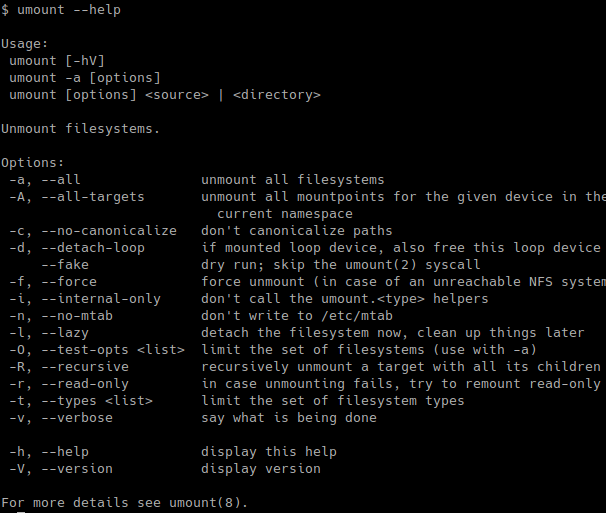
列出挂载的文件系统(List Mounted File Systems)
Before unmounting filesystems and partitions we may need to list currently mounted filesystems and partitions.We can use the command mount in order to list currently mounted file systems and partitions with some information.
在卸载文件系统和分区之前,我们可能需要列出当前已安装的文件系统和分区。我们可以使用命令mount来列出当前已安装的文件系统和分区以及一些信息。
$ mount

